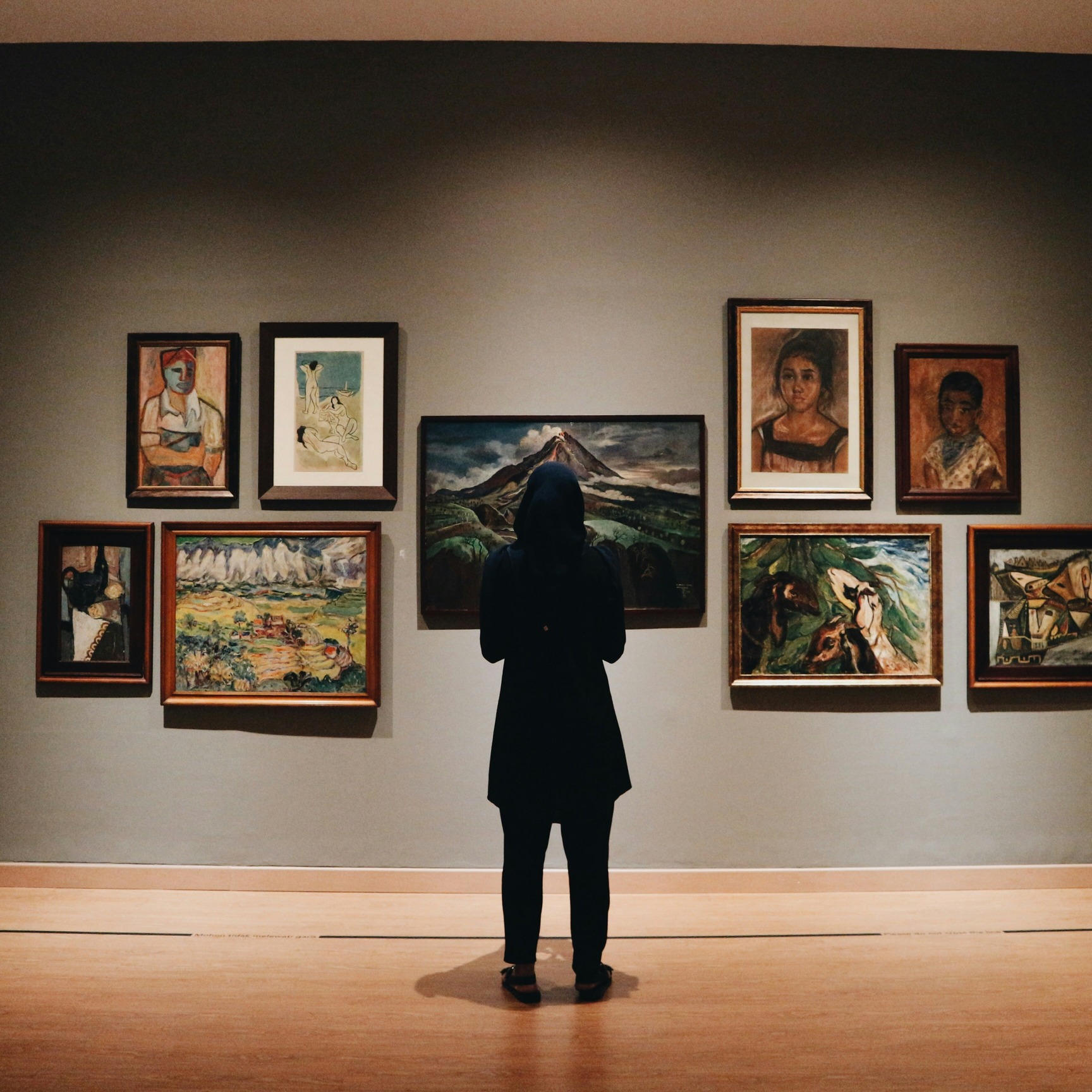Works of art can have significant value, both personally and as an asset
Fine art may not be one of the first categories that comes to mind when you consider diversifying your portfolio. But paintings, sculpture and other works of art can be a substantial asset in an estate while also bringing beauty and joy into your life.
Make a statement while making an investment
“Quality art is a dual investment,” says Elaine Adams, director of American Legacy Fine Arts who consults with Whittier Trust clients. “It has personal value because it gives you pleasure and because you’ll constantly be discovering something new in it. And if you’ve done your research-and particularly if you have something rare-the piece will also increase in value over time as an investment.”
But how do you shop wisely if you have no formal art education? “Approach it as an adventure,” Adams suggests. “Sometimes you don’t even know what your own interests are; you just see it and it hits you. Gallerists and museum staff love to educate and answer questions, so don’t be intimidated. The first piece you buy may not end up being among the most important, but it starts your collection, and one thing will lead to another. The detective work is the fun part, learning about individual artists while you learn the language. Take your time with it, and soon you’ll become an expert.”
Here are some of the initial steps that Adams and other art consultants recommend as you begin investing in fine art:
- Read about different art styles, periods and movements. Go to galleries, exhibitions, museums and art auctions to understand the market. Get involved with local fine arts organizations. Learn about factors that can affect the value of art, such as historical significance, cultural and market trends, and the reputations of different artists.
- Set a realistic budget and remember to account for potential costs such as shipping, framing, lighting, installation, insurance and climate-controlled storage if needed. Art investment is typically a long-term commitment, so plan to keep your works for many years.
- Once you discover an artist whose work interests you, research their background, read about their inspirations and consider factors such as where their work has been exhibited and at what stage in their career each piece was created.
- If you like what you learn about the artist, take the next step and ensure that their artwork is authentic and not an imitation of other works or simply an attempt to capitalize on a trend. Verify the piece’s legitimacy through reputable authorities.
- Consider working with a trusted gallerist or hiring a qualified art consultant who can help you navigate the market and also help with aesthetic decisions, such as framing and placement in your home.
- Diversify your collection, just as you would with stocks and bonds, by investing in different artists, styles and mediums. Consider both established artists and emerging new talent. There’s less risk with artists who have a record of strong auction or gallery sales and whose work has a proven appreciation in value. But you might see a bigger payoff in the long run, and perhaps have more fun, taking your chances on lesser-known works.
- Prioritize quality and what speaks to your soul while keeping an eye on the development of artists’ careers and their evolving styles. Educate yourself about the art markets in your area of interest by following auctions, joining art investment forums and subscribing to respected art publications.
Make It Personal
You’re likely to find that many of the professional skills and investment acumen you already have will serve you well in navigating the art world. But be sure to balance market considerations with your personal goals: Do you want to become a collector of art from a certain region, specific era or of a particular style? Or would you prefer a more eclectic collection, buying items that catch your eye at different times or that fit into ideal spaces in your home? Are you looking for soothing pieces that invite contemplation or bold pieces that energize you, or both?
Discussing and shopping for art with a loved one can become a lifelong passion, and each piece will reflect your interests over time. “Collecting as a couple opens a door to learning more about each other and yourselves,” says Adams. “Each year you’ll notice something new in the art because you’ve changed and you’re seeing yourself differently.”
From a long-term perspective, your collection and the stories of how you discovered and selected each piece can be passed on to family members who will cherish the works that remind them of you and your home.
So enjoy the journey, the stories you’ll gain along the way, and the lasting satisfaction of discovering and owning pieces that speak to you.
